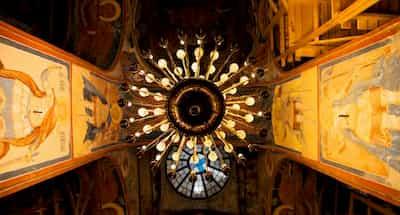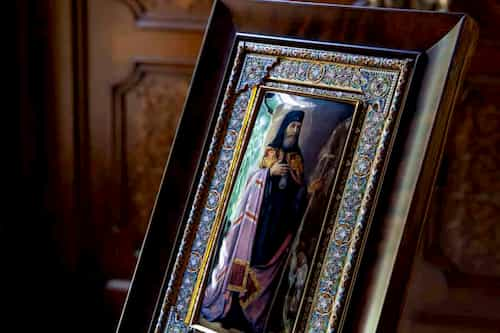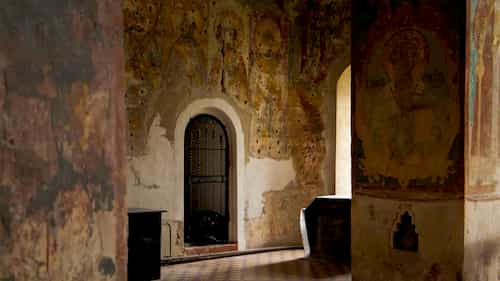The history of the Hrizolit workshop
IX-X вв.

In Russia, a filigree appears, (translated from the ancient Greek "to twist")
XVI-XVII вв.

The heyday of enamel art in Russia
XVIII вв.

A prototype muffle furnace appeared in Russia, thanks to which later, after repeated firing at a temperature of 750 degrees, craftsmen were able to obtain flawless crystal enamel
1795 г.
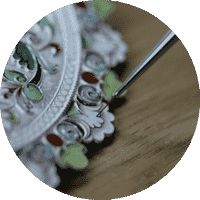
In the village of Fedoskino, Moscow region, the first miniature painting factory in Russia was established, which in 1986 was renamed the Fedoskino Art and Industrial School of Miniature Painting, preserving three world-famous types of Russian folk culture: Fedoskino miniature painting, Rostov finift, Zhostovo decorative painting
XVIII вв.

Rostov-the-Great is the largest center of enamel art
1896 г.
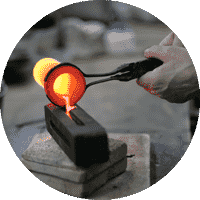
City drawing classes were opened in Yaroslavl, which in 1925 were transformed into Yaroslavl art school. This was a significant and rare event for Russian provincial towns, but it was it that served as a serious basis for vocational education in Yaroslavl and graduation of masters with proper artistic and technical education
1896 г.
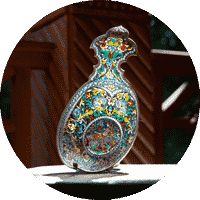
The Krasnoselsky School of Artistic Metalworking opens in Kostroma. All major jewelry companies sought to train their specialists in Krasnoselsky College of Artistic Metalworking
XIX-XX вв.

A difficult period in the history of jewelry art. It is becoming fashionable to replace manual labor with machine labor
1920 г.

The M.I.Kalinin Moscow Art and Industrial College was founded, which became a special educational institution for the training of highly qualified artists in the development of folk arts and crafts
1999 г.

The Hrizolot Goldsmith Workshop begins its way in Rostov-the-Great


